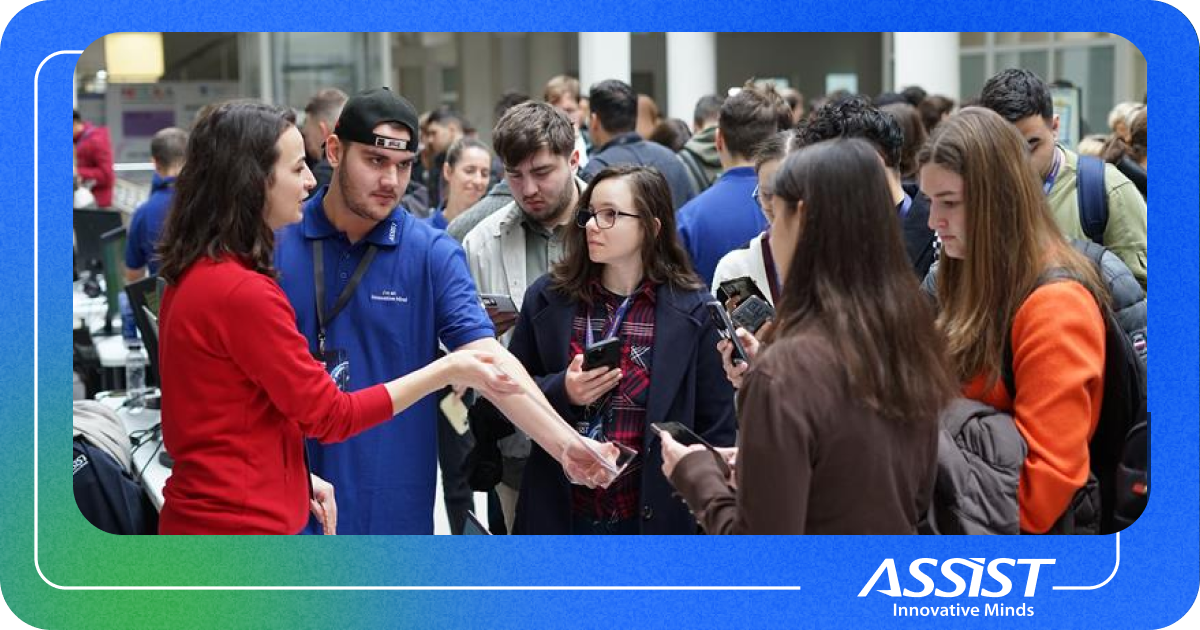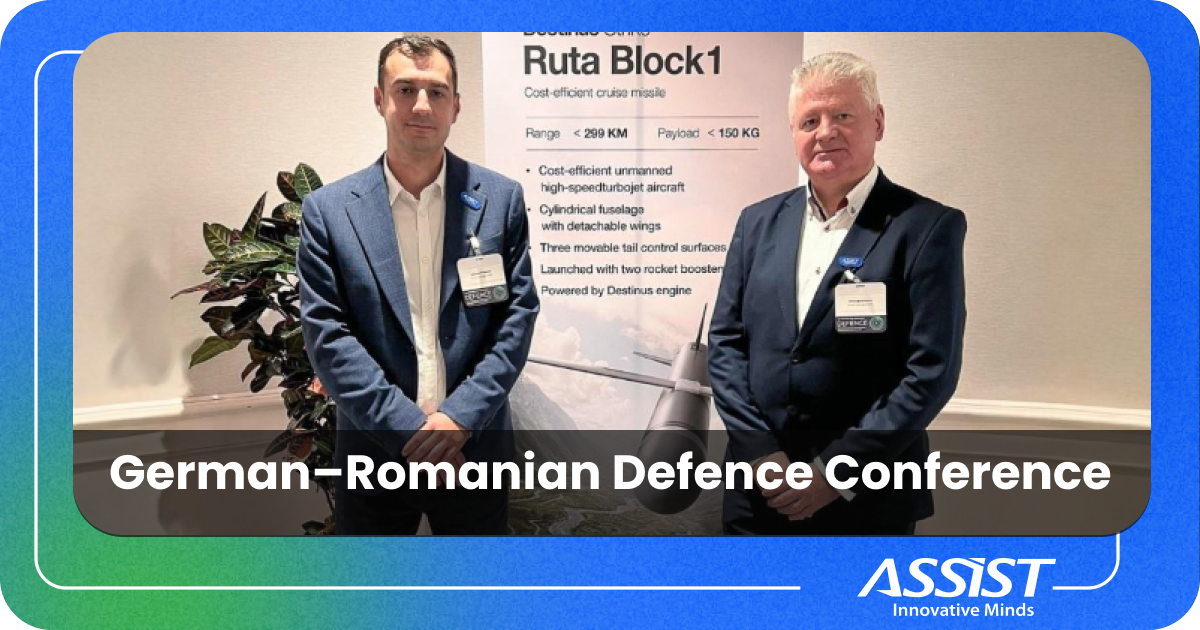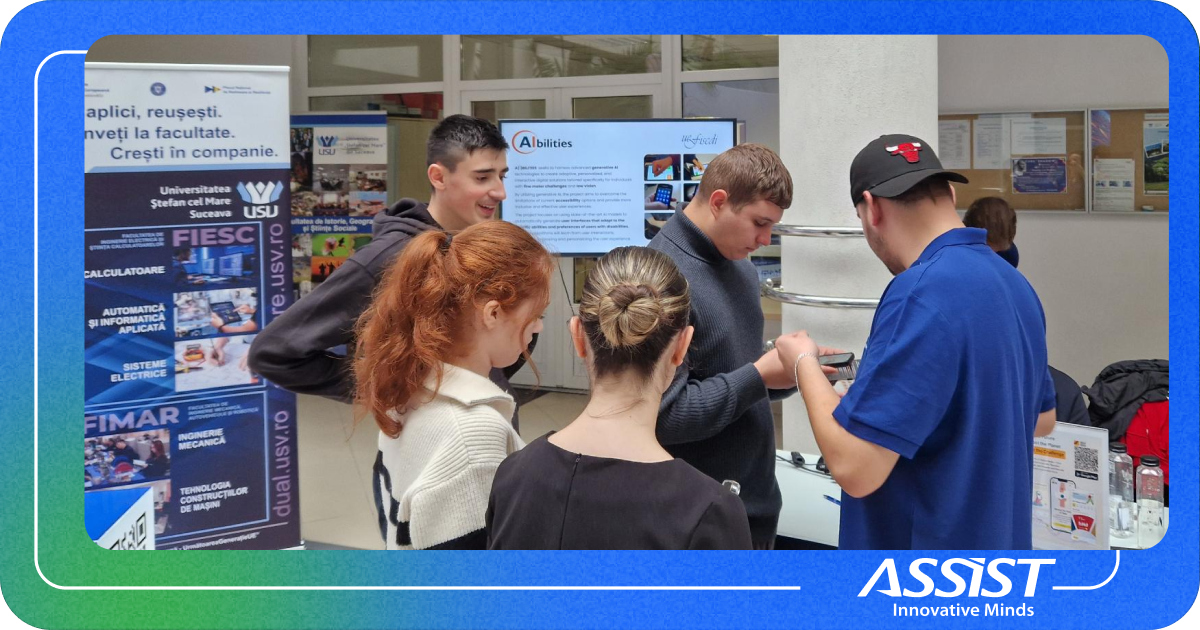Why Is The Progress of Sora AI Important To Follow? The Good, The Bad, and The Future
We're going to give it to you straight. The launch of Sora marks a pivotal moment in the evolution of artificial intelligence, but it should be taken with a grain of salt from a technological standpoint.
Built by OpenAI, Sora represents a bold step toward bridging the gap between today's AI capabilities and the long-term vision of artificial general intelligence (AGI). For businesses and software engineers alike, Sora offers a transformative platform that can redefine how we think about software development, customer engagement, and operational efficiency.
We're excited about this new artificial intelligence step. Here at ASSIST Software, our specialized AI Center and team of AI experts are always paying attention to the industry to see how best to help businesses harness the full potential of AI tools like Sora or create tailored solutions that drive innovation and success.
How is Sora Important for Artificial General Intelligence (AGI)?
Before diving into Sora's specifics, let's take a moment to reflect on AI's trajectory. Traditional AI models excelled at narrow tasks: answering questions, generating text, and recognizing patterns. However, Artificial General Intelligence represents the ability of an AI to perform a wide variety of tasks at human-like levels.

Unlike specialized AI, AGI aspires to think, learn, and reason across different domains, much like humans. It could write a novel, compose a symphony, and solve a complex mathematical theorem all within the same framework. This broad capability makes AGI a paradigm shift, promising systems that adapt intelligently across any context.
Sora might be perceived as a step closer to that goal. Mind you, it's not an AGI by any means, but its contextual awareness, capabilities, and adaptability could set a benchmark. For businesses, this news is about unlocking value by leveraging systems that understand problems deeply and can respond with unprecedented precision.
Gary Marcus, founder of Geometric Intelligence and former director of Uber's AI Labs, wrote an entire article about Sora's Surreal Physics in February 2024, which is becoming increasingly relevant as OpenAI opens Sora to the public.
"Sora is fantastic, but it is akin to morphing and splicing, rather than a path to the physical reasoning we would need for AGI. It is a model of how images change over time, not a model of what entities do in the world."
Sora AI's technological brilliance shines through in three key aspects that redefine video creation. OpenAI isn't the first to put out video AI generators, but Sora seems the wittiest and fastest. First, its text-to-video generation capability is a revolutionary leap, enabling users to transform written text into visually compelling video sequences. Powered by advanced natural language processing and video synthesis, video production becomes as simple as writing an idea.

Second, its real-time rendering is a technical marvel, allowing high-quality videos to be created almost instantaneously. This demonstrates remarkable optimization in computational resources and model efficiency, ensuring smooth performance without requiring extensive hardware.
Lastly, Sora's multimodal AI integration sets it even further apart, as it seamlessly processes and combines diverse inputs—text, images, and video—to create cohesive and professional outputs. These features collectively make Sora AI a trailblazer in the creative technology space, simplifying complex workflows while delivering stunning results.
Hallucinations: The Buzzkill of AI Creativity
Like all large language models, Sora could be better. One of its most discussed challenges is "hallucination," which produces plausible but factually incorrect or irrelevant outputs. While these hallucinations may seem minor in casual use, their implications in professional settings are significant.
An AI hallucination occurs when an artificial intelligence system generates information or content that is entirely false, nonsensical, or unrooted in the given input. This can happen because the AI tries to produce a coherent response based on patterns and associations learned during training, even if those patterns don't accurately reflect reality or the context. For instance, it might create fictional video scenes, fabricate details in text-based outputs, or combine unrelated concepts inappropriately.

Does Sora Hallucinate?
Yes and hallucinations can occur in scenarios like:
- Misinterpreting User Input: If the input text is ambiguous, contradictory, or lacks context, Sora might generate video content that doesn't align with the user's expectations.
- Complex or Out-of-Domain Requests: It might fabricate elements when asked to create videos about subjects outside its training scope or involving intricate, highly specific details.
- Overfitting Patterns: Sora might produce overly generalized or overly specific outputs by extrapolating patterns from its training data that aren't actually appropriate to the situation.
Gary Marcus doesn't see Sora's glitches and hallucinations going away soon as he points out Sora isn't able to understand or learn physics anytime soon.
We will, I am certain, see more systemic glitches as more people have access. And importantly, I predict that many will be hard to remedy. Why? Because the glitches don’t stem from the data, they stem from a flaw in how the system reconstructs reality. One of the most fascinating things Sora’s weird physics glitches is most of these are NOT things that appears in the data. Rather, these glitches are in some ways akin to LLM “hallucinations”, artifacts from (roughly speaking) decompression from lossy compression. They don’t derive from the world.
He continues to point out that:
More data won’t solve that problem. And like other generative AI systems, there is no way to encode (and guarantee) constraints like “be truthful” or “obey the laws of physics”or “don’t just invent (or eliminate) objects”.
Businesses must approach Sora with a mix of enthusiasm and caution, implement validation processes, and pair AI-generated insights with human oversight if they want to work with this tool. While these imperfections don't diminish Sora's value, they highlight the need for responsible use.

Looking Ahead: A Collaborative Future
As we inch closer to AGI, tools like Sora remind us that the journey is as important as the destination. By embracing AI's imperfections, pushing its boundaries, and maintaining a commitment to ethical implementation, we can ensure that the future of AI—and business—is as promising as its potential.
At ASSIST Software, we're excited to help businesses navigate this journey, crafting AI-driven solutions that unlock new possibilities and drive meaningful change.



